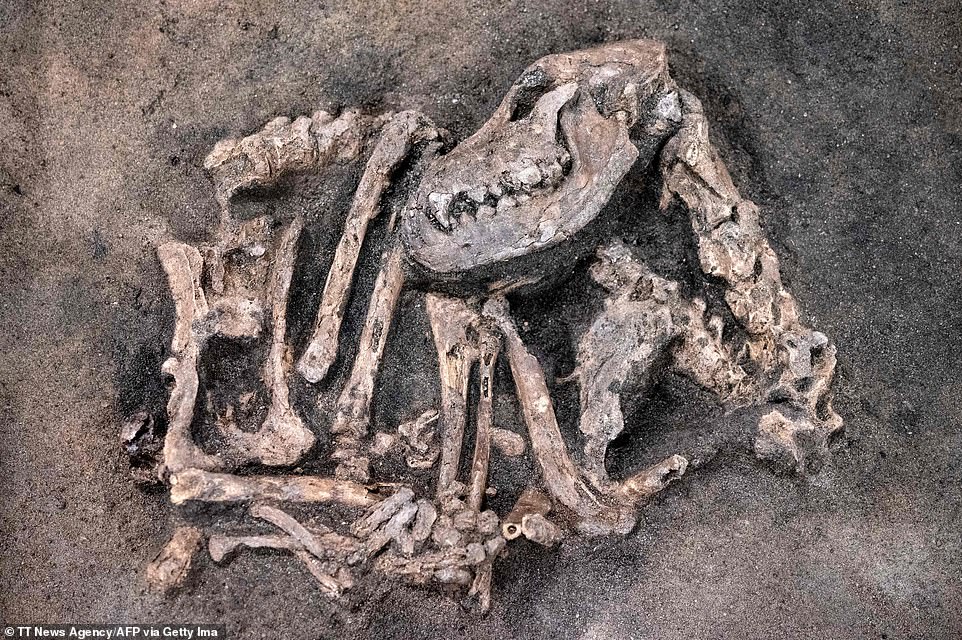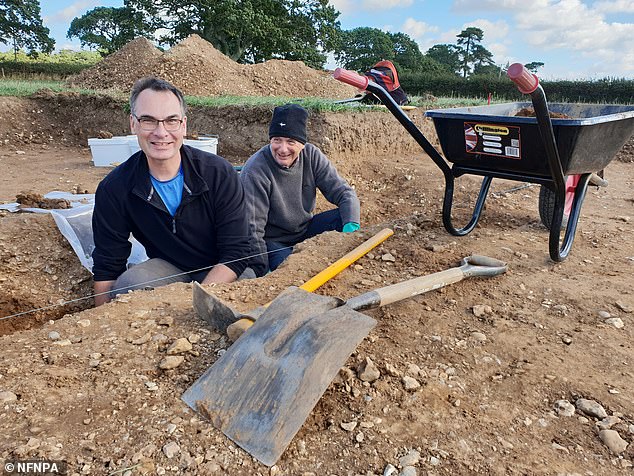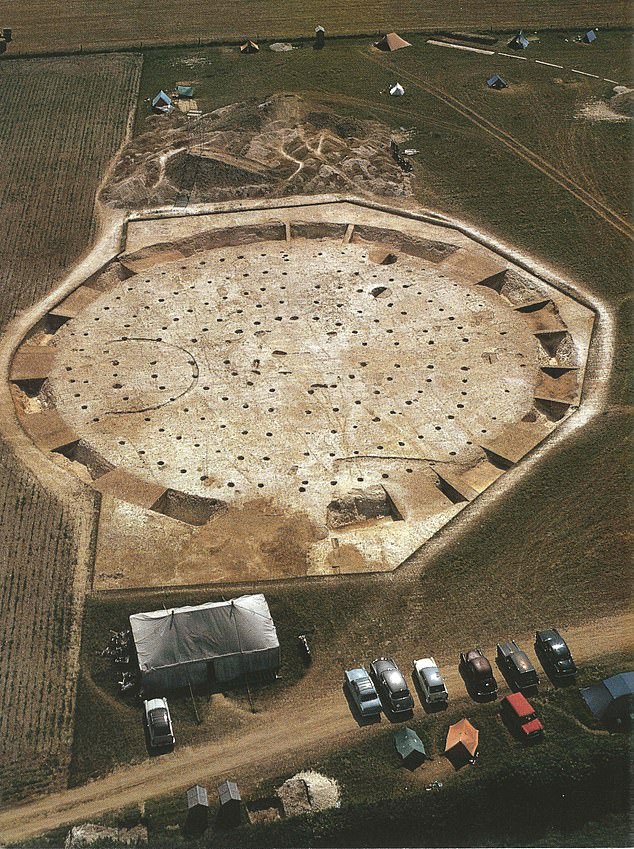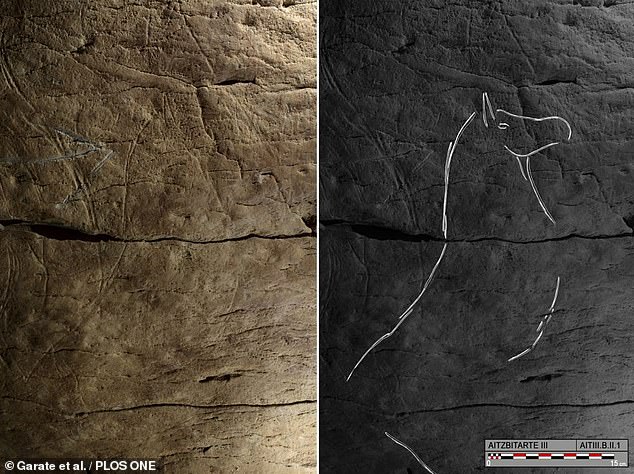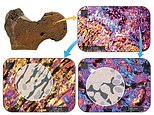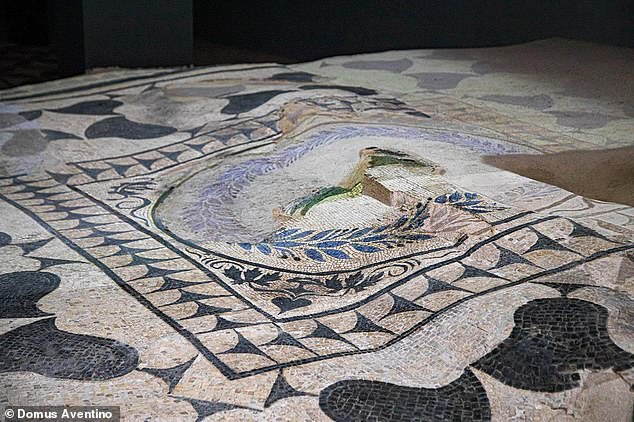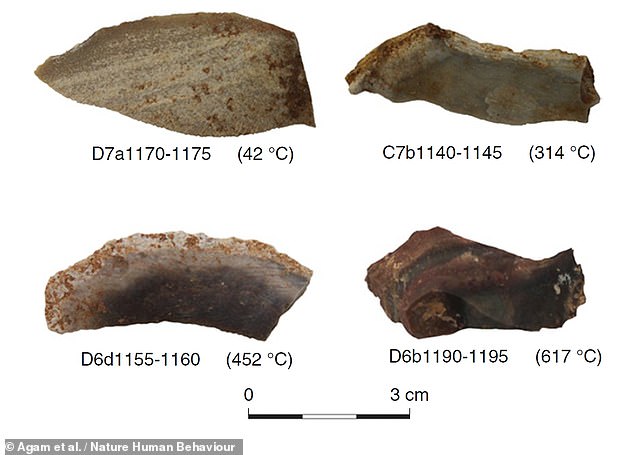Archaeology: Stone Age dog buried with his master in Sweden revealed after months of excavation
After months of painstaking excavation work, the remains of a faithful dog of a long-vanished breed who was buried more than 8,400 years ago beside his master in a grave in Sweden have been reveal in their full glory. The Stone Age hound was unearthed by archaeologists in the Ljungaviken neighbourhood of Sölvesborg, Blekinge County back in late … Read more
